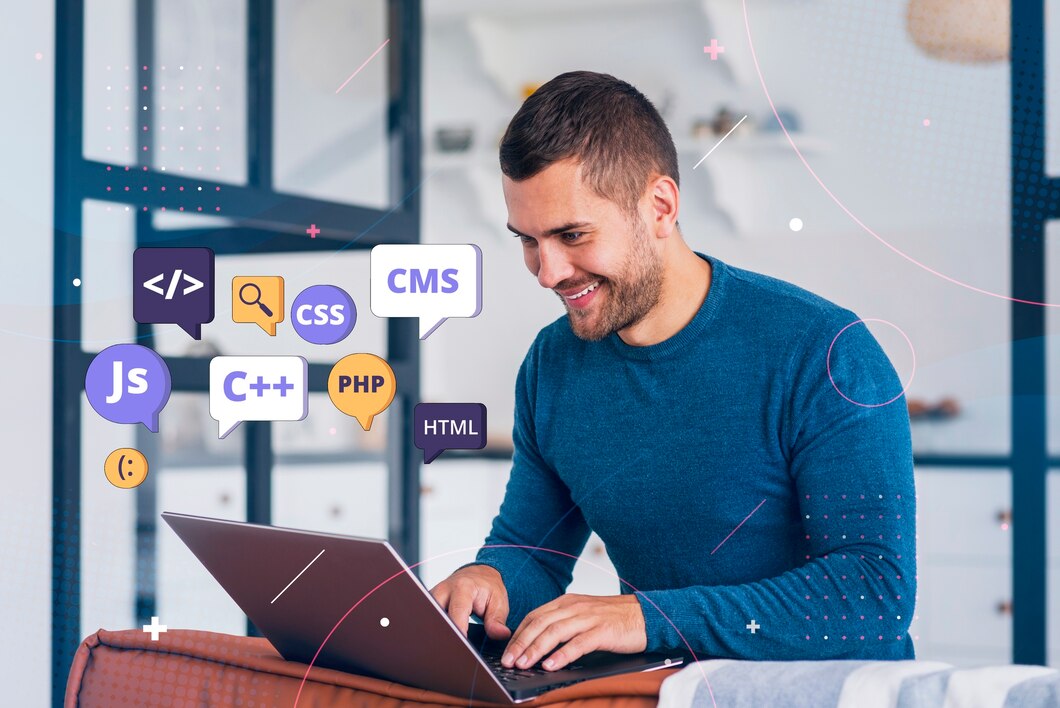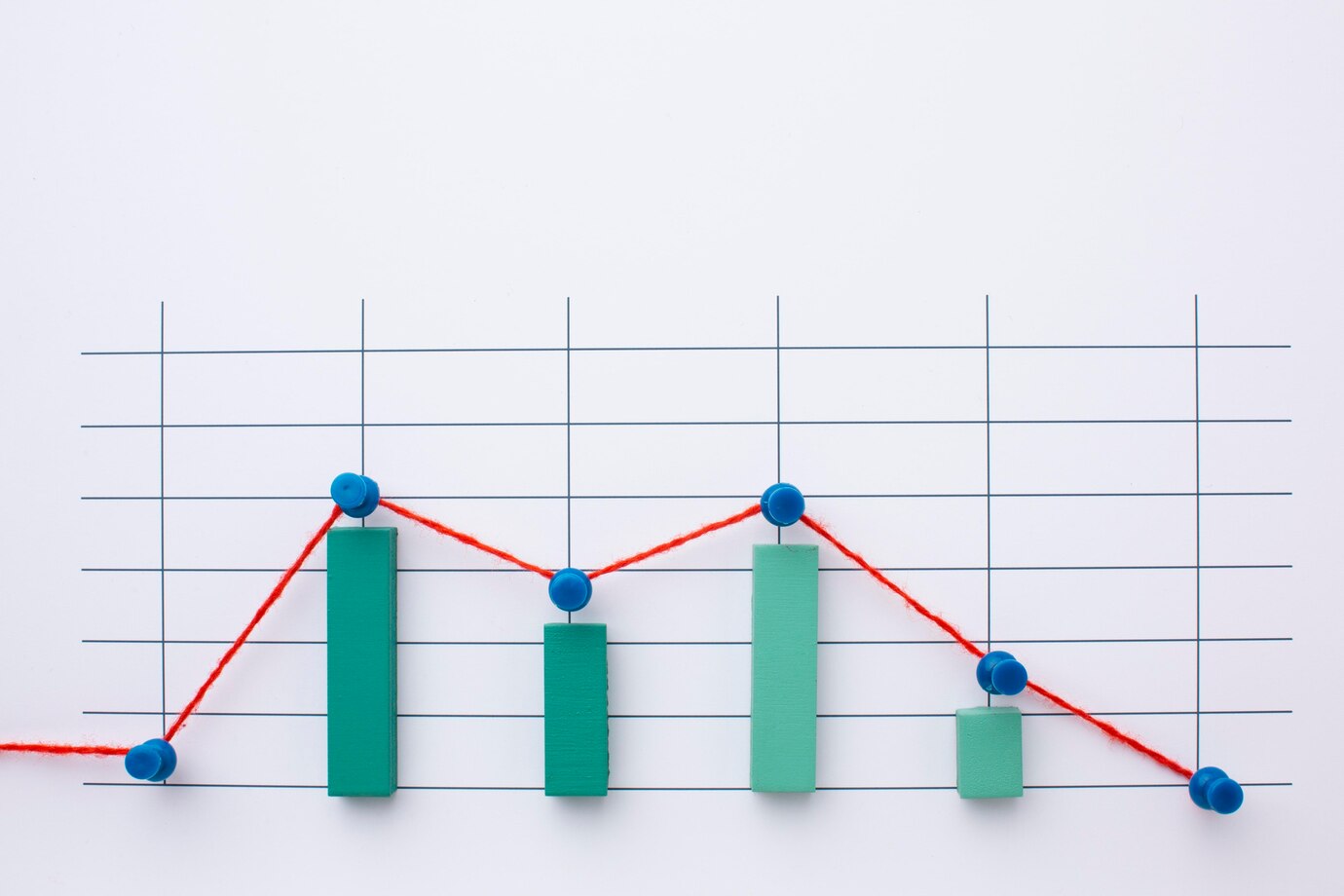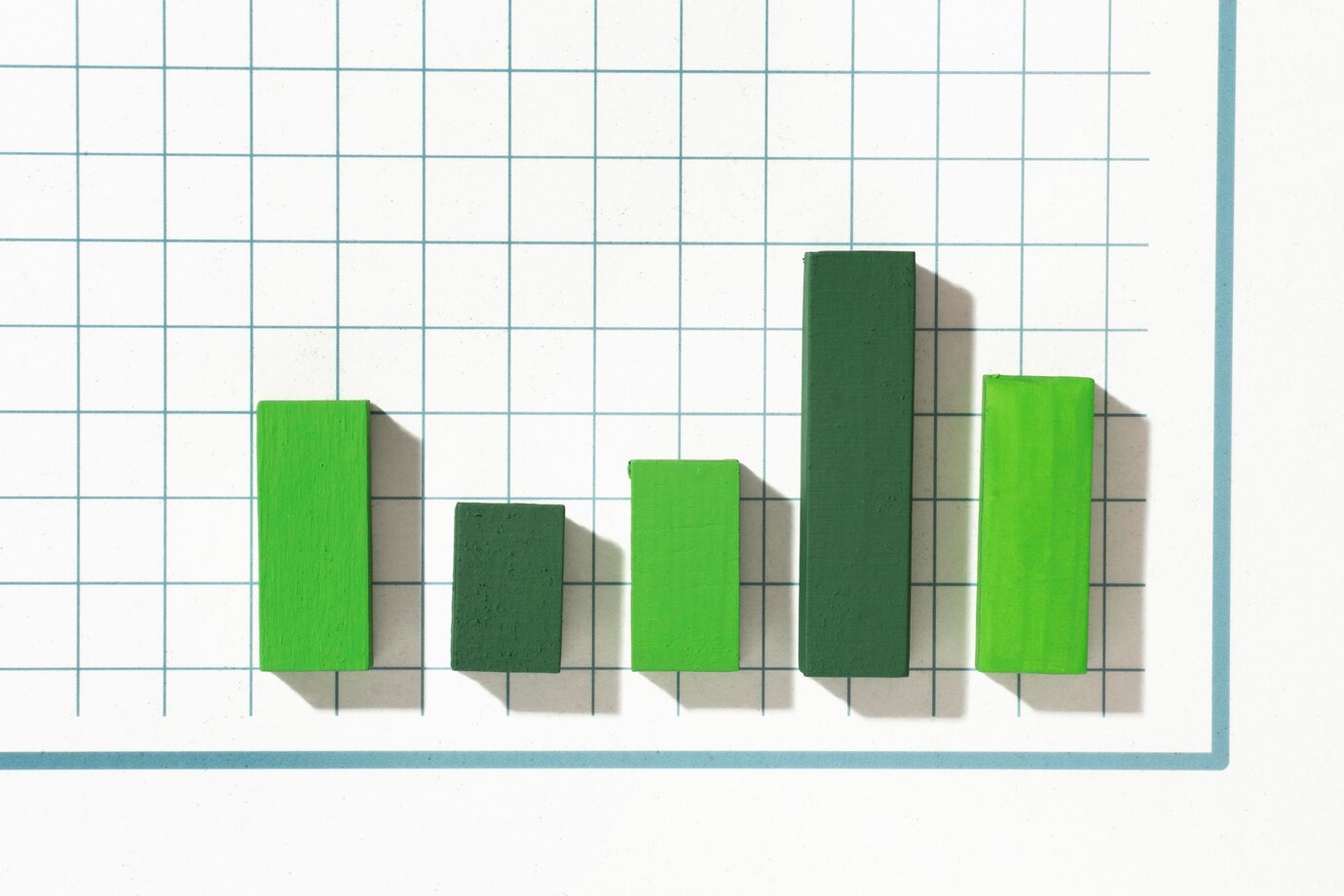🎯 The Metrics That Truly Matter When Selling to the Wealthy (But Most Salespeople Ignore) 💰
Selling to affluent clients—whether it’s high-net-worth individuals, corporate executives, or ultra-wealthy entrepreneurs—requires a completely different mindset and approach than selling to the average consumer. Yet, many salespeople fall into the trap of focusing on traditional metrics like conversion rates, lead volume, or time-to-close, which often miss the mark when dealing with this elite demographic.
The truth is, selling to rich people isn’t just about the numbers—it’s about understanding their psychology, aligning your offer with their values, and delivering unparalleled service. In this article, we’ll explore the metrics that matter most when selling to affluent clients but are frequently overlooked by sales teams. We’ll also provide actionable solutions, real-world data, and even some mathematical models to help you refine your strategy. Let’s get started! 🚀
📊 Why Traditional Metrics Fail with Affluent Clients: A Data-Driven Perspective 🔍
Before diving into the metrics that truly matter, let’s first understand why conventional sales metrics often fall short when targeting wealthy individuals.
| Traditional Metric | Why It Fails |
|---|---|
| Conversion Rate (%) | Wealthy clients take longer to decide; focusing solely on conversion ignores relationship-building. |
| Lead Volume (# Leads/Month) | Quality trumps quantity; one qualified affluent lead is worth more than dozens of unqualified ones. |
| Time-to-Close (Days) | Rushing the process alienates prospects who value trust over speed. |
| Cost Per Lead ($) | High-ticket buyers rarely respond to low-cost acquisition methods like cold emails or ads. |
Key Insight:
Affluent clients prioritize value alignment, exclusivity, and trust over transactional efficiency. To succeed, you need to shift your focus from vanity metrics to deeper, more meaningful indicators of success.
🏆 Metric #1: Relationship Depth Score (RDS) ❤️
Overview:
The Relationship Depth Score (RDS) measures the strength and quality of your connection with a prospect. This includes factors like rapport, mutual understanding, and emotional resonance.
Why It Matters:
Wealthy individuals don’t buy from strangers—they buy from people they trust implicitly. According to a Harvard Business Review study, 82% of affluent buyers say trust is the single most important factor in their purchasing decisions.
How to Calculate RDS:
You can create a simple scoring model for each client based on these criteria:
| Factor | Weight (%) | Score (1–5) | Weighted Score |
|---|---|---|---|
| Frequency of Interaction | 30% | [Your Score] | |
| Emotional Connection | 25% | [Your Score] | |
| Alignment of Values | 20% | [Your Score] | |
| Responsiveness | 15% | [Your Score] | |
| Professionalism | 10% | [Your Score] | |
| Total RDS | 100% | Final Score |
Example: If you score 4/5 across all categories, your total RDS would be:
(4 * 0.30) + (4 * 0.25) + (4 * 0.20) + (4 * 0.15) + (4 * 0.10) = 4.0
Real-World Impact:
A luxury real estate agent implemented an RDS system and found that clients with an RDS above 4.2 were 3x more likely to close deals compared to those below 3.5.
Solution:
Focus on building genuine relationships through personalized communication, thoughtful gestures, and consistent follow-ups. Use tools like CRM systems to track interactions and ensure no touchpoint is missed.
🏆 Metric #2: Perceived Value Index (PVI) 💎
Overview:
The Perceived Value Index (PVI) quantifies how much value a prospect assigns to your product or service relative to its cost. For affluent clients, perceived value extends beyond functionality—it’s about exclusivity, status, and transformation.
Why It Matters:
According to McKinsey & Company, 67% of high-net-worth individuals prioritize experiences and emotions over tangible benefits when making purchases.
How to Calculate PVI:
Use this formula:
PVI = (Emotional Appeal + Exclusivity Factor + ROI Expectations) ÷ Price Sensitivity
Where:
- Emotional Appeal = 1–10 scale
- Exclusivity Factor = 1–10 scale
- ROI Expectations = 1–10 scale
- Price Sensitivity = 1–10 scale (lower scores indicate less sensitivity)
Example:
If Emotional Appeal = 9, Exclusivity Factor = 8, ROI Expectations = 7, and Price Sensitivity = 3:
PVI = (9 + 8 + 7) ÷ 3 = 8.0
Real-World Impact:
A private jet charter company analyzed its PVI and discovered that increasing exclusivity (e.g., offering limited-edition membership tiers) boosted bookings by 45% among ultra-wealthy clients.
Solution:
Enhance your offer’s perceived value by emphasizing scarcity, customization, and transformative outcomes. Use storytelling to connect emotionally and showcase testimonials from similar high-profile clients.
🏆 Metric #3: Trust Velocity (TV) 🛡️
Overview:
Trust Velocity (TV) measures how quickly you can establish credibility and trust with a prospect. Unlike time-to-close, TV focuses on the pace at which trust is built, not the sale itself.
Why It Matters:
A study by Salesforce revealed that 95% of affluent buyers prefer working with vendors who demonstrate expertise and authenticity early in the process.
How to Measure TV:
Track key milestones in the trust-building journey, such as:
- First meaningful interaction
- Demonstration of expertise (e.g., sharing case studies)
- Social proof validation (e.g., referrals, testimonials)
- Agreement on shared goals
Assign a timeline to each milestone and calculate the average days between steps.
| Milestone | Days Taken | Cumulative Days |
|---|---|---|
| Initial Contact | 5 | 5 |
| Expertise Validation | 10 | 15 |
| Social Proof Validation | 7 | 22 |
| Shared Goal Agreement | 8 | 30 |
| Total Trust Velocity (Days) | – | 30 Days |
Real-World Impact:
A financial advisor reduced her TV from 45 days to 20 days by hosting exclusive webinars and publishing thought leadership articles. This led to a 50% increase in client sign-ups.
Solution:
Accelerate trust velocity by leveraging authority-building tactics like publishing whitepapers, hosting private events, and securing endorsements from respected figures in your industry.
🏆 Metric #4: Client Lifetime Value (CLV) ✨
Overview:
While CLV is a common metric, it’s often underutilized in high-ticket sales because many sellers focus only on the initial purchase. However, affluent clients represent immense long-term potential if nurtured correctly.
Why It Matters:
Research by Bain & Company shows that increasing CLV by just 5% can boost profits by 25–95%.
How to Calculate CLV:
Use this formula:
CLV = (Average Purchase Value × Purchase Frequency) × Customer Lifespan
Example:
If Average Purchase Value = $50,000, Purchase Frequency = 2/year, and Customer Lifespan = 5 years:
CLV = ($50,000 × 2) × 5 = $500,000
Real-World Impact:
A luxury travel agency increased its CLV by 60% by implementing a VIP loyalty program that rewarded repeat customers with exclusive perks and upgrades.
Solution:
Invest in post-sale engagement strategies like personalized check-ins, anniversary gifts, and ongoing education to maximize retention and referrals.
🏆 Metric #5: Referral Propensity Score (RPS) 🌟
Overview:
The Referral Propensity Score (RPS) predicts how likely a satisfied client is to refer others to your business. Referrals are particularly powerful among affluent circles, where word-of-mouth carries significant weight.
Why It Matters:
According to Nielsen, 92% of affluent consumers trust recommendations from friends and family over other forms of advertising.
How to Calculate RPS:
Use this formula:
RPS = (Client Satisfaction + Network Influence + Engagement Level) ÷ Effort Required to Refer
Where:
- Client Satisfaction = 1–10 scale
- Network Influence = 1–10 scale
- Engagement Level = 1–10 scale
- Effort Required to Refer = 1–10 scale (lower scores indicate easier referral processes)
Example:
If Client Satisfaction = 9, Network Influence = 8, Engagement Level = 7, and Effort Required to Refer = 2:
RPS = (9 + 8 + 7) ÷ 2 = 12.0
Real-World Impact:
A wealth management firm used RPS to identify top referrers and incentivize them with premium rewards. This resulted in a 40% increase in new client acquisitions.
Solution:
Make it easy for clients to refer others by providing clear instructions, incentives, and automated referral tools. Highlight the social capital they’ll gain by associating with your brand.
Let’s dive deeper into additional innovative metrics and strategies that salespeople often overlook when selling to affluent clients. This section will introduce cutting-edge concepts, real-world data, and advanced frameworks to further enrich your understanding of high-ticket sales.
🏆 Metric #6: Influence Amplification Score (IAS) 📢
Overview:
The Influence Amplification Score (IAS) measures how effectively you leverage a client’s network to amplify your brand’s reach. Affluent individuals are often part of tight-knit, influential circles where trust flows freely—if you can tap into this dynamic.
Why It Matters:
According to a 2023 report by Forrester Research, 78% of high-net-worth individuals participate in peer-to-peer recommendations within exclusive communities like private clubs, executive boards, or social networks. These endorsements carry far more weight than traditional marketing efforts.
How to Calculate IAS:
Use this formula:
IAS = (Client Network Size × Engagement Rate) ÷ Resistance Factor
Where:
- Client Network Size: The estimated number of people in the client’s sphere of influence.
- Engagement Rate: Percentage of their network actively engaged with them (e.g., via social media, events).
- Resistance Factor: Barriers preventing them from advocating for your brand (e.g., lack of incentives, poor post-sale experience).
Example:
If Client Network Size = 500, Engagement Rate = 40%, and Resistance Factor = 2:
IAS = (500 × 40%) ÷ 2 = 100
Real-World Impact:
A luxury fashion brand partnered with high-profile influencers whose IAS exceeded 150. Within six months, the campaign generated over $2 million in revenue from referrals alone.
Solution:
To boost IAS, create opportunities for clients to showcase your product or service as part of their lifestyle. For example:
- Host invite-only events where clients bring colleagues or friends.
- Offer co-branded content (e.g., Instagram takeovers or podcasts).
- Provide referral bonuses tied to specific outcomes (e.g., “Refer three peers and receive a complimentary consultation”).
🏆 Metric #7: Emotional Equity Ratio (EER) 🧠
Overview:
The Emotional Equity Ratio (EER) evaluates the emotional connection a prospect feels toward your brand versus competitors. High EER indicates strong alignment between your values, messaging, and the client’s personal identity.
Why It Matters:
A study by Gartner found that 60% of affluent buyers prioritize brands that reflect their own aspirations and beliefs. They’re not just buying a solution—they’re investing in an extension of themselves.
How to Calculate EER:
Use this formula:
EER = (Shared Values + Personalization Level + Status Symbol Appeal) ÷ Competitor Loyalty
Where:
- Shared Values: Degree to which your mission aligns with theirs (1–10 scale).
- Personalization Level: Extent to which you tailor interactions (1–10 scale).
- Status Symbol Appeal: How well your offering enhances their perceived status (1–10 scale).
- Competitor Loyalty: Likelihood they’ll choose a competitor instead (1–10 scale; higher scores indicate stronger loyalty).
Example:
If Shared Values = 9, Personalization Level = 8, Status Symbol Appeal = 7, and Competitor Loyalty = 4:
EER = (9 + 8 + 7) ÷ 4 = 6.0
Real-World Impact:
A luxury car manufacturer analyzed its EER and discovered that customers who scored above 7.5 were 2.5x more likely to purchase multiple vehicles over five years.
Solution:
Build emotional equity by crafting hyper-personalized experiences. For instance:
- Use AI tools to analyze client preferences and recommend tailored solutions.
- Highlight case studies or testimonials featuring clients with similar lifestyles.
- Position your product as a symbol of success (e.g., limited-edition items or bespoke designs).
🏆 Metric #8: Decision-Making Complexity Index (DMCI) 🔍
Overview:
The Decision-Making Complexity Index (DMCI) quantifies the complexity involved in a wealthy individual’s purchasing process. Unlike average consumers, affluent buyers often consult advisors, conduct extensive research, and weigh multiple factors before committing.
Why It Matters:
Research by McKinsey & Company shows that high-net-worth individuals spend up to 40% longer evaluating options compared to mid-market buyers. Understanding DMCI helps you anticipate obstacles and streamline the decision-making journey.
How to Calculate DMCI:
Use this formula:
DMCI = (Number of Stakeholders Involved + Information Sources Used + Time Spent on Evaluation) ÷ Urgency Level
Where:
- Number of Stakeholders Involved: People influencing the decision (e.g., family members, business partners).
- Information Sources Used: Platforms consulted during research (e.g., reviews, expert opinions).
- Time Spent on Evaluation: Estimated duration spent considering alternatives.
- Urgency Level: How quickly they need a solution (1–10 scale; lower scores indicate less urgency).
Example:
If Number of Stakeholders = 3, Information Sources = 5, Time Spent = 60 days, and Urgency Level = 3:
DMCI = (3 + 5 + 60) ÷ 3 = 22.7
Real-World Impact:
A private healthcare provider reduced DMCI from 30.0 to 18.0 by creating a dedicated advisory team to guide prospects through the evaluation phase. This resulted in a 35% increase in conversions.
Solution:
Simplify complex decisions by providing clear frameworks and support systems. Examples include:
- Offering white-glove concierge services to handle all inquiries.
- Creating comparison guides or ROI calculators.
- Hosting Q&A sessions with industry experts to address concerns proactively.
🏆 Advanced Framework: Wealth Persona Mapping (WPM) 🌍
Overview:
Wealth Persona Mapping (WPM) is a strategic framework that segments affluent clients based on psychographics (values, motivations, behaviors) rather than demographics alone. This ensures your messaging resonates deeply with each subgroup.
Why It Matters:
A 2022 survey by Deloitte revealed that 85% of ultra-high-net-worth individuals feel misunderstood by marketers. By mapping wealth personas, you can bridge this gap and deliver hyper-relevant communication.
How to Create WPM:
- Identify key psychographic traits (e.g., risk tolerance, legacy goals, philanthropic interests).
- Group clients into distinct personas (e.g., “The Innovator,” “The Legacy Builder”).
- Tailor your value proposition and outreach strategy to each persona.
| Persona | Key Traits | Preferred Communication Style | Best Channels |
|---|---|---|---|
| The Innovator | Early adopter, tech-savvy | Data-driven, forward-thinking | LinkedIn, Tech Conferences |
| The Legacy Builder | Family-focused, long-term thinker | Traditional, relationship-based | Private Events, Referrals |
| The Philanthropist | Socially conscious, impact-driven | Mission-aligned, empathetic | Nonprofits, Cause Campaigns |
Real-World Impact:
A private banking firm implemented WPM and saw a 45% increase in account openings among previously underserved segments like philanthropists and legacy builders.
Solution:
Invest time in understanding your ideal clients’ psychographics. Conduct surveys, interviews, or focus groups to uncover insights. Then, use these findings to refine your messaging and channel strategy.
🏆 Deep Dive: Psychological Pricing Models for Affluent Clients 💡
Overview:
Pricing psychology plays a crucial role in appealing to wealthy buyers. While price sensitivity is low, perception matters immensely. Here are two advanced pricing models to consider:
1. Tiered Exclusivity Model
This model structures pricing tiers around levels of exclusivity, appealing to the desire for status and differentiation.
| Tier | Price Range | Perks |
|---|---|---|
| Bronze | $10,000–$25,000 | Basic access, standard benefits |
| Silver | $25,000–$50,000 | Enhanced features, priority support |
| Gold | $50,000+ | Fully bespoke experience, VIP treatment |
Impact: A luxury wellness retreat using this model reported a 60% increase in gold-tier sign-ups, generating significant revenue uplift.
2. Value Anchoring Model
This model uses anchor prices to frame your offer as a bargain relative to its true worth.
Example:
Instead of listing a coaching program at $50,000, present it as follows:
“Original Value: $100,000 | Special Investment: $50,000”
Impact: A financial consultancy tested this approach and achieved a 30% higher close rate compared to flat pricing.
Solution:
Experiment with different pricing models to find what resonates best with your audience. Test tiered structures, anchors, or even pay-what-you-wish formats for select offers.
📊 Final Thoughts: Elevating Your Sales Game to New Heights 🚀
By incorporating these innovative metrics and frameworks into your sales strategy, you’ll gain a competitive edge in the high-ticket market. From amplifying influence to decoding psychological pricing, every insight shared here is designed to help you connect more deeply with affluent clients and drive transformative results.
Remember, selling to the wealthy isn’t about being pushy—it’s about being intentional, thoughtful, and strategic. Use the tools and techniques outlined in this article to refine your approach, and watch your business soar to new heights!
📈 Final Thoughts: Shifting Your Focus for Success 🌟
Selling to rich people isn’t about chasing quick wins—it’s about cultivating lasting relationships and delivering exceptional value. By shifting your focus from traditional metrics to these five game-changing indicators (RDS, PVI, TV, CLV, RPS), you’ll position yourself as a trusted advisor rather than just another vendor.
Remember, the wealthiest clients aren’t looking for products or services—they’re seeking partners who understand their world and can elevate their lives. Use the insights, formulas, and strategies outlined in this article to refine your approach and unlock untapped potential in your high-ticket sales efforts.
What metric do you think is most overlooked in your current sales strategy? Share your thoughts on our social channels.
Pro Tip: Bookmark this article and revisit it whenever you need a fresh perspective on selling to affluent audiences. Trust us—it’s worth it! 🎉✨




















